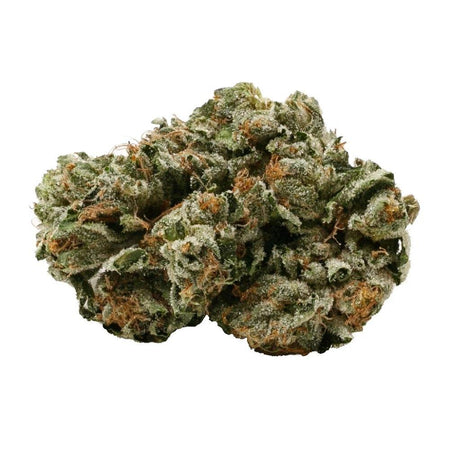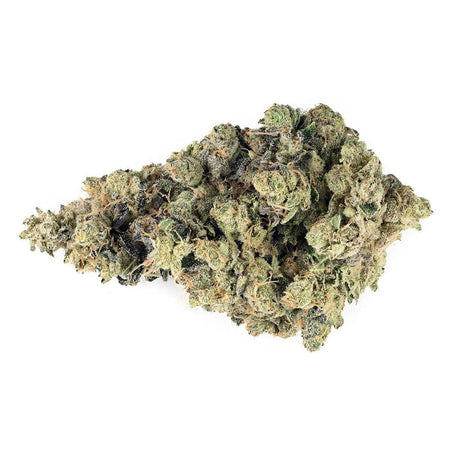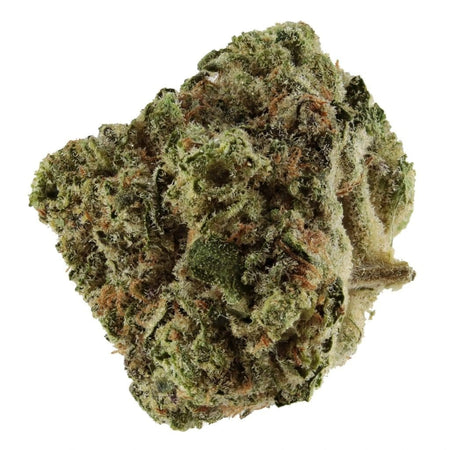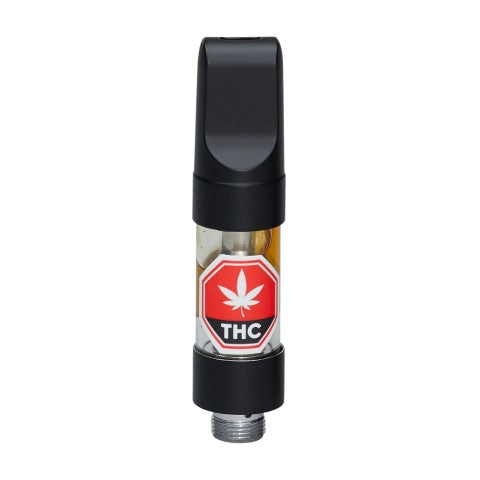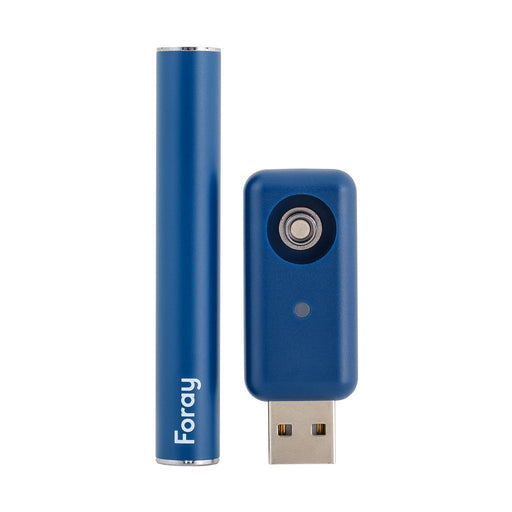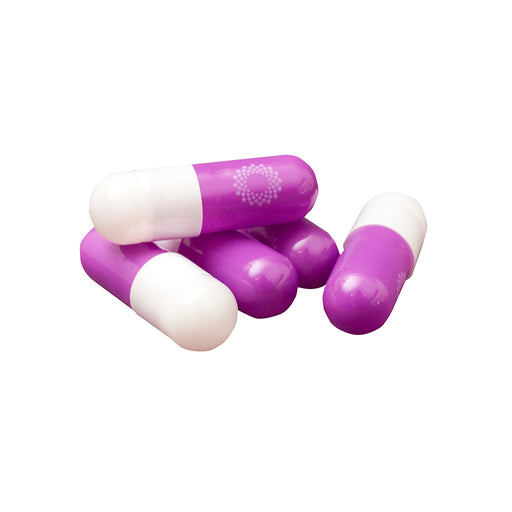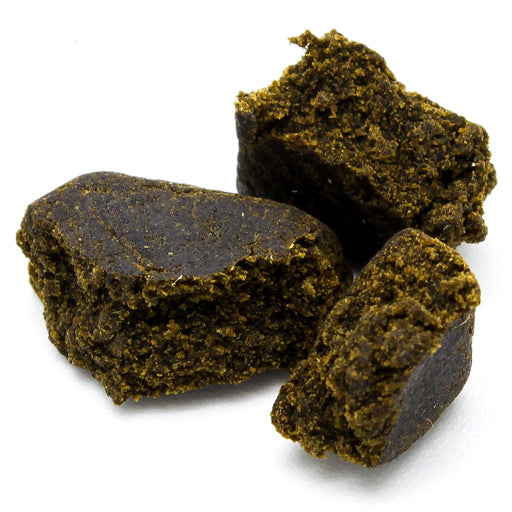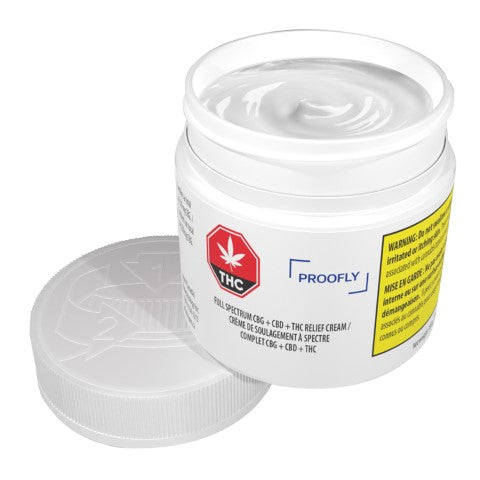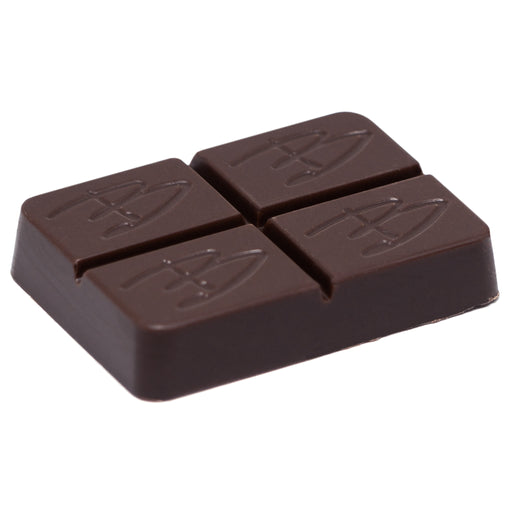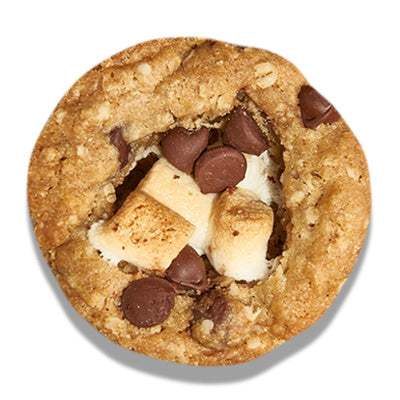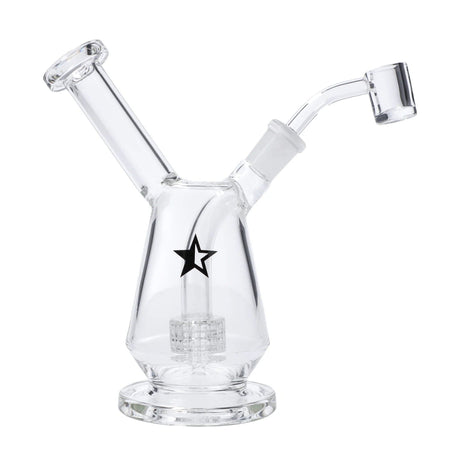Understanding the Role of Cannabis in Appetite Stimulation
The relationship between cannabis and appetite stimulation, commonly termed ‘the munchies,’ is rooted in the intricate workings of the endocannabinoid system. This system comprises cannabinoid receptors located throughout the body, notably in the brain, which interact with cannabinoids such as THC (tetrahydrocannabinol) and CBD (cannabidiol). THC is primarily responsible for the psychoactive effects of cannabis, while CBD is non-psychoactive and offers various therapeutic benefits.
When THC binds to CB1 receptors in the brain’s hypothalamus, it triggers the release of hormones that signal hunger. The hypothalamus is a vital regulatory center for numerous bodily functions, including appetite control. By stimulating these receptors, THC increases the release of the hormone ghrelin, which naturally promotes hunger. Concurrently, THC enhances the sensory perception of food, making it more appealing and enjoyable.
Individual responses to cannabis can vary widely based on biological factors and the specific strain used. Some strains are more effective in stimulating appetite due to their unique cannabinoid and terpene profiles. For instance, strains high in THC may be more potent in inducing hunger, while strains with a balanced ratio of THC and CBD might offer a gentler effect. Personal tolerance, metabolism, and overall health also play significant roles in how cannabis affects appetite.
Cannabis holds considerable promise in therapeutic applications for appetite-related issues. For individuals with conditions such as anorexia, chemotherapy-induced nausea, or wasting syndrome associated with HIV/AIDS, cannabis can be a valuable tool in managing symptoms and improving quality of life. Its ability to stimulate appetite and alleviate nausea can help patients maintain adequate nutrition and body weight.
In clinical settings, the use of cannabis for appetite stimulation is often tailored to the specific needs of the patient, considering factors such as the strain, dosage, and method of consumption. This personalized approach ensures that the therapeutic benefits of cannabis are maximized while minimizing potential side effects.
Top Strains for Boosting Appetite
For those seeking to enhance their hunger, several cannabis strains are renowned for their appetite-stimulating properties. Among the top strains, Girl Scout Cookies stands out due to its balanced cannabinoid profile, which typically includes a high THC content and moderate levels of CBD. This hybrid strain offers a sweet and earthy flavor, with users reporting a significant increase in appetite, making it a popular choice for those struggling with eating disorders or undergoing treatments that suppress hunger.
Pineapple Express, another favored strain, combines a delightful mix of fruity and tropical flavors. Known for its uplifting and energizing effects, this sativa-dominant hybrid also boasts a high THC concentration, which can effectively stimulate appetite. Users often describe a heightened sense of euphoria and creativity, paired with a noticeable boost in hunger, making it an excellent option for daytime use.
Another strain worth mentioning is Blue Dream. This hybrid strain balances the relaxing effects of an indica with the invigorating properties of a sativa. Its sweet berry aroma is complimented by its ability to provide full-body relaxation without heavy sedation. Blue Dream is particularly noted for its ability to increase appetite while also alleviating stress and pain, making it a versatile choice for various medical conditions.
When choosing the right strain to boost appetite, it is essential to consider individual needs and preferences. Factors such as the desired intensity of hunger stimulation, flavor profile, and potential side effects should guide your selection. Additionally, the method of consumption plays a crucial role in maximizing appetite stimulation. Smoking and vaping provide immediate effects, while edibles and tinctures offer longer-lasting relief, albeit with a delayed onset.
User testimonials highlight the real-world impact of these strains. For instance, one user reported that Girl Scout Cookies helped them regain weight lost during chemotherapy, while another praised Pineapple Express for its ability to make meals more enjoyable and frequent. Such personal accounts underscore the practical benefits of these strains, offering hope and relief to those in need.
